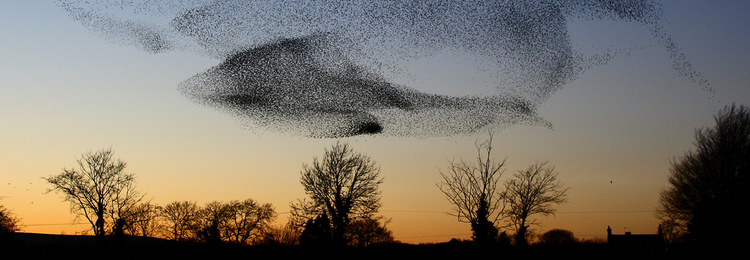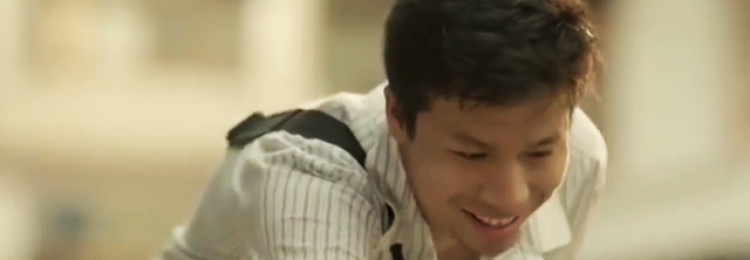

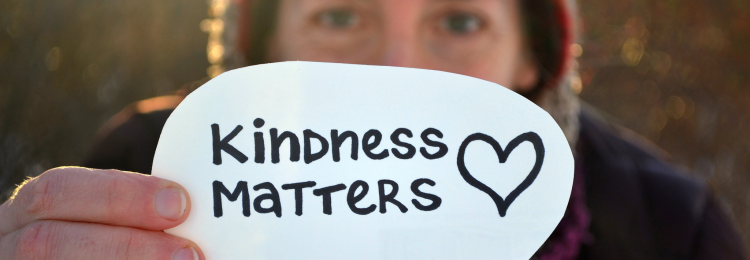
21 Videos Showing Acts of Kindness and Good Deeds
1. There are Still Good People in the World 2. Restoring Faith in Humanity 3. Hidden Cameras Reveal People Risk Their Lives 4. Helping Others. You Can Be the One 5. Beautiful Reactions from Homeless Receiving Food 6. Acts of Kindness Caught on Camera 7. Real Life Heroes 8. Video That Will Change Your Life 9. One of the Most Courageous Things You Will Ever See on a Running Track 10. Where Sports Meets Humanity 11. This Will Make You Restore Your Faith in Humanity 12. This Photographer’s Profound Experiment Will Restore Your Faith in Humanity 13. Random Acts of Kindness 14. A Drowning Man. A Selfless Act. A Life Saved in Portland 15. Heroes Restoring Faith in Humanity 16. 22 Random Acts of Kindness 17. 12 Acts of Kindness from Police Officers 18. The Power of True Kindness 19. The Science of Happiness: Operation Kindness 20. Amazing Acts of Human Kindness 21. Simple Acts of Kindness – Give it a Try Image: "Kindness" by Joy...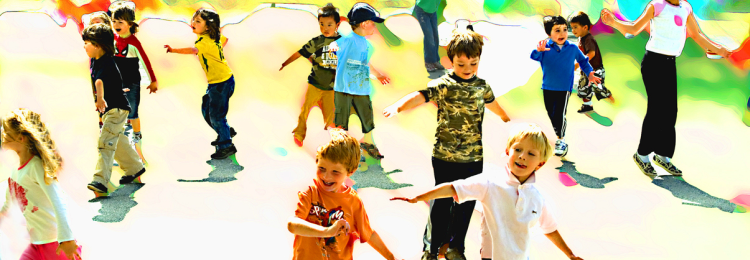
Benefits of Sympathy and Cross-Race Friendships Explained by Science
When people do overcome the temptation of self-interest and instead help and cooperate with others, they become more respected in their group, and then upon receiving that respect, they then help others even more. –Robb Willer, Ph.D., M.A., B.A. Associate Professor of Sociology at Stanford University. 3 Benefits of Being Sympathetic We [psychologists] have become interested in concepts like compassion and gratitude. Only 8 or 9 years ago, there was one study of gratitude in scientific literature. 1,000s of studies of anger, and one study of gratitude. There is this long standing assumption that in terms of evolution, it is survival of the fittest, and it is important to know, that wasn’t Darwin who said that, but somebody who came after Darwin named Herbert Spencer. What Darwin said in Descent of Man is, ‘Sympathy is our strongest instinct.’ Sympathetic people do better in the game of reproduction. It turns out they are more attractive as mates. Sympathetic parents have kids who are more resilient, and who thrive more. Sympathetic people do better in competitive situations with strangers. Data shows kind people fair pretty well and evoke a lot of trust in others. –Dacher Keltner, a UC Berkeley psychology professor leading research in emotion and social interaction. See How a Cross-Race Friendship Is Good for Your Health In a Berkeley experiment designed by psychologist Rudy Mendoza-Denton, researchers sought answers to overcome prejudice. They put two strangers of different races together in a room. They first measured the level of the hormone Cortisol, which is elevated when a person is under stress. They are given increasingly personal questions to ask...![Egghunt [Animation]](http://www.mutualresponsibility.org/wp-content/uploads/2014/07/egghunt-animation_750x260.png)
Egghunt [Animation]
Egghunt is the tale of a hungry caveman on a quest to fill his stomach. He discovers a nest full of plump eggs just inches beyond his reach and must devise a way to get them before he loses them...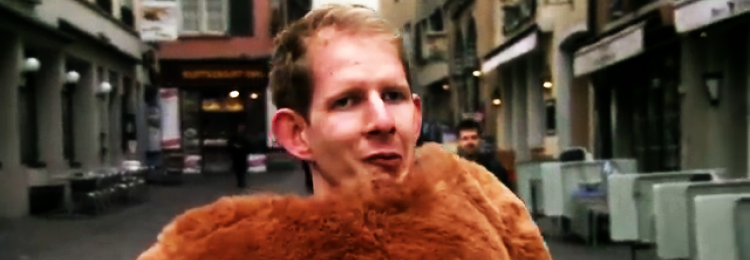
What Do We Need to Do to Get Closer?
Pro Infirmis conducts an experiment: there are only a few people who don`t have empathy with disabled people. Nevertheless, the passenger seat in the public bus next to Fabian often stays empty. This video clip raises the question at the end: Do we need to disguise ourselves to get closer? What do we need to do to get...